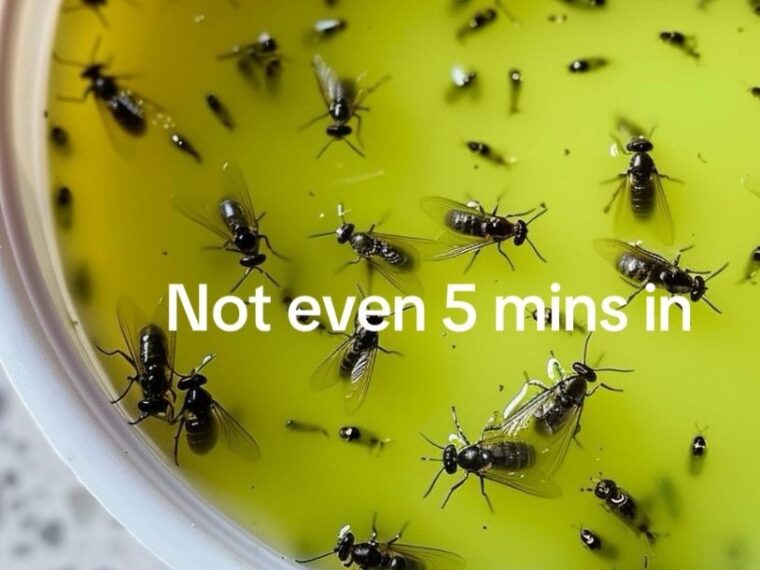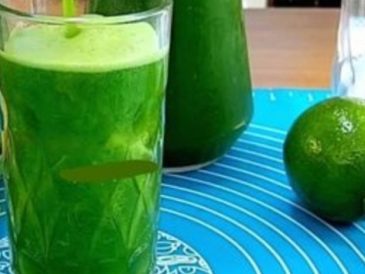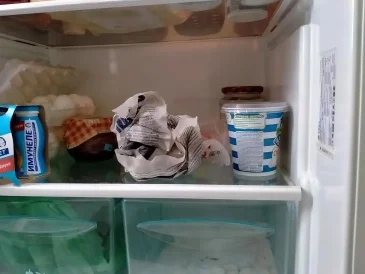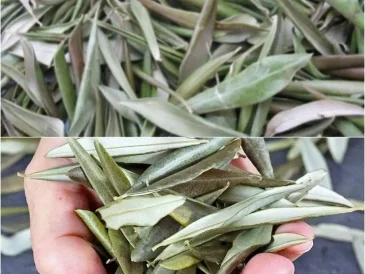Warm weather brings along a few unwelcome guests, such as mosquitoes and flies. While you can find plenty of bug sprays and traps in stores, many of them contain harmful chemicals that can affect not only pests but also humans, pets, and wildlife. These products can also negatively impact the environment. Luckily, you can make an effective and eco-friendly solution right at home using just a few common household items. In this guide, we’ll show you how to create your very own mosquito and fly trap, completely safe for use around children and pets, using three everyday ingredients.
Why Make Your Own Bug Trap?
While store-bought bug repellents and traps can be effective, many contain harmful chemicals such as DEET, which can irritate skin, cause allergic reactions, and harm wildlife if overused. Moreover, chemical-based products often contribute to pollution, damaging ecosystems, especially when used in large quantities. By creating your own trap, you not only avoid these potential hazards, but you also repurpose items you likely already have at home. This DIY trap is:
- Chemical-free: No need for synthetic toxins.
- Safe: Can be used around children, pets, and plants.
- Eco-friendly: Helps reduce waste and pollution.
- Cost-effective: Made from inexpensive, everyday items.
Materials Needed for the DIY Mosquito and Fly Trap
To make your own mosquito and fly trap, gather the following ingredients and tools:
- 1 cup of vinegar (apple cider vinegar works best)
- 1/4 cup of olive oil
- 1/4 cup of shampoo (choose any scent you prefer)
- A shallow, oval-shaped dish or plate
Step-by-Step Instructions for Assembling the Trap
1. Prepare the Ingredients
Start by gathering all your ingredients. You’ll need the apple cider vinegar, olive oil, and shampoo, as well as a small dish. If you prefer, you can use any shallow, wide bowl, but an oval-shaped dish works particularly well for spreading the mixture over a larger area, giving the trap better coverage.
2. Mix the Vinegar and Shampoo
In the dish, pour one cup of vinegar. Apple cider vinegar is the best option for this because it has natural fermenting properties that attract flies and mosquitoes. However, white vinegar can also work in a pinch.
Next, add 1/4 cup of shampoo. The shampoo works to reduce the surface tension of the vinegar, which means that when insects land on the mixture, they won’t be able to float on top—they’ll sink instead. Stir the vinegar and shampoo mixture well to combine them thoroughly.
3. Add Olive Oil
After you’ve mixed the vinegar and shampoo, it’s time to add the olive oil. Slowly drizzle 1/4 cup of olive oil into the dish. Be careful not to mix the oil in too vigorously—you want it to form a thin layer on top of the vinegar and shampoo mixture. The olive oil serves as a slick barrier that traps flies and mosquitoes once they land, making it difficult for them to fly away or escape.
4. Set the Trap
Now that your trap is ready, it’s time to place it where mosquitoes and flies are most active. Common areas include:
- Near doors or windows
- Around damp areas like bathrooms or kitchens
- Close to indoor plants or trash cans
- Outdoor patios or gardens
Position the trap in a location that gets high insect traffic. If you’re using it indoors, place it on a counter or near windows where flies and mosquitoes tend to gather. For outdoor use, place it near doors or outdoor seating areas. Make sure to keep it out of reach of curious pets or small children if you’re concerned about spills, though the ingredients are non-toxic.
How the Trap Works
This simple yet effective trap relies on the powerful properties of vinegar and olive oil, with a little help from the shampoo’s chemical makeup.
- Attraction: The strong, fermented smell of vinegar lures in flies and mosquitoes. Apple cider vinegar, in particular, has a potent scent that flying insects can’t resist.
- Surface Tension Reduction: The shampoo in the mixture plays a key role in reducing the surface tension of the vinegar. This means that when flies or mosquitoes land on the liquid, they can’t just sit on top—they’ll sink into the mixture.
- Olive Oil Barrier: The thin layer of olive oil acts as a slick barrier. Once the insects fall into the mixture, the oil prevents them from flying back out. The oil also coats their wings, making it harder for them to escape. Over time, the insects will become trapped and drown in the liquid.
Why This Trap is Safe and Effective
This DIY mosquito and fly trap is not only effective but also safe for use around the home. You don’t have to worry about harmful chemicals near children, pets, or plants. Since the ingredients are natural and non-toxic, they won’t harm wildlife or the environment.
Additionally, vinegar and olive oil are both biodegradable substances, meaning they won’t linger in the environment after disposal. Vinegar, in particular, is often used in eco-friendly cleaning solutions due to its disinfecting properties, making it a safe and sustainable choice for pest control.
Tips for Using the Trap
- Replace the Trap Regularly: For the best results, replace the trap every few days. Once it’s filled with insects or the vinegar starts to lose its potency, simply discard the old mixture and create a new one. This ensures that the scent of the vinegar stays strong and continues to attract insects.
- Enhance Effectiveness: If you’re dealing with an especially large number of pests, consider using multiple traps throughout your home or outdoor areas. Place them strategically in areas where insects are most active.
- Use as a Preventative: Even if you aren’t currently dealing with a major fly or mosquito problem, setting out a trap or two can help prevent an infestation. Since the traps are safe and easy to make, there’s no harm in having them on hand.
Alternatives and Variations
If you don’t have the exact ingredients on hand, there are a few variations you can try:
- Vinegar and Dish Soap: If you’re out of shampoo, dish soap can be used as a substitute. Like shampoo, dish soap helps reduce the surface tension of the vinegar, causing flies and mosquitoes to sink into the liquid.
- Fruit as Bait: For fruit flies, consider adding a small piece of overripe fruit to the vinegar mixture. The added sweetness will attract more fruit flies, making your trap even more effective.
- Plastic Wrap Method: If you want to ensure insects can’t escape the trap, cover the dish with plastic wrap and poke small holes in the top. This allows flies and mosquitoes to enter the trap, but the plastic wrap prevents them from easily flying back out.
Conclusion
Homemade mosquito and fly traps offer a simple, eco-friendly solution to pest problems, especially during the warmer months when insects are more active. By using everyday household items like vinegar, olive oil, and shampoo, you can create a safe, effective trap that poses no risk to children, pets, or the environment.
This DIY approach is not only easy on the wallet but also contributes to a healthier home and planet. So, the next time you find yourself swatting away pesky flies or mosquitoes, try making your own trap and enjoy a more peaceful, bug-free space.




